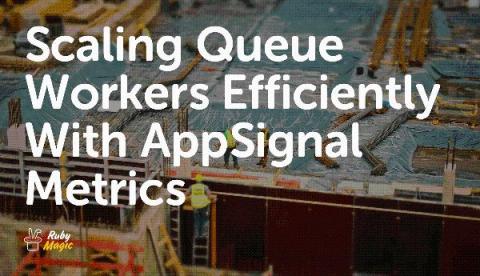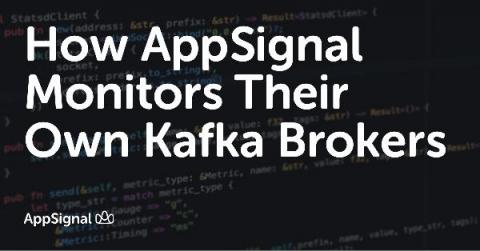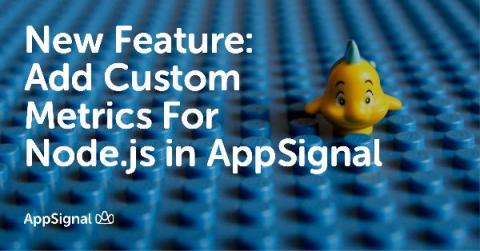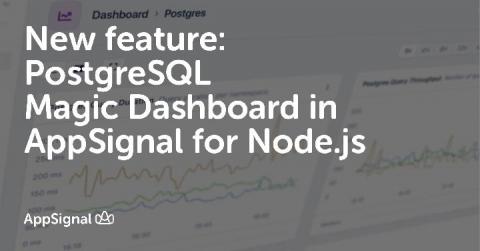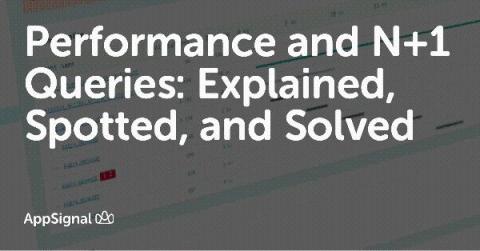Scaling Queue Workers Efficiently with AppSignal Metrics
Most web apps can benefit from a background queue, often used to process error-prone or time-consuming side jobs. These background jobs can vary from sending emails, to updating caches, to performing core business logic. As any background queueing system scales the number of jobs it needs to process, the pool of workers processing those jobs needs to scale as well.


